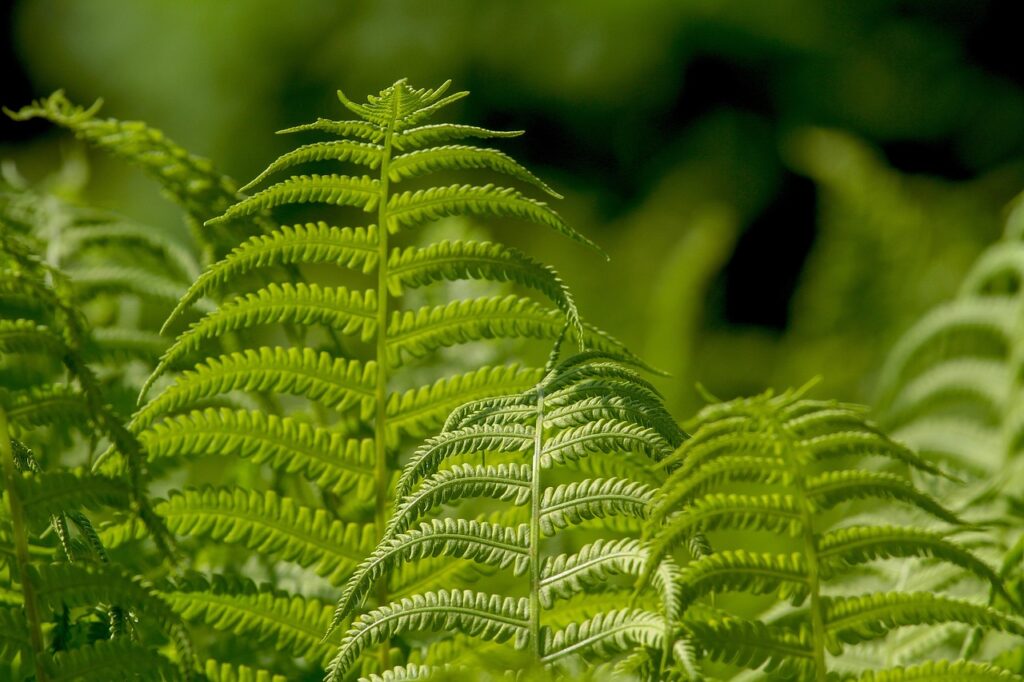
Many herbaceous (non-woody) plants depend heavily on internal water pressure, known as turgor
, to remain upright. However, plants continuously lose water through tiny pores on their leaves called stomata, in a process known as transpiration. This process is essential for photosynthesis and for transporting nutrients from the roots to other parts of the plant, but the majority of the water absorbed by the roots is eventually lost this way. On hot or dry days, or after several days without rainfall or watering, a plant may lose more water through transpiration than it can take in. When this imbalance occurs, the cells in the leaves and stems lose turgor, causing the plant to droop or wilt. Interestingly, wilting itself helps conserve water by reducing the amount of leaf surface directly exposed to sunlight. While most plants revive quickly when rehydrated, prolonged water loss can lead to permanent leaf damage or even plant death.
In addition to drought-related wilting, plants are also vulnerable to several diseases collectively called “wilt.” These illnesses—caused by bacteria, fungi, or viruses—interfere with the plant’s ability to transport water, resulting in discoloration and drooping. Unlike simple dehydration, wilt diseases often persist even after watering and can be fatal if left untreated. Many staple crops are prone to such infections, but plant breeders have successfully developed resistant varieties to reduce these losses.
Some plants, particularly legumes, also display a natural nighttime wilting known as nyctinasty. In these species, specialized structures called pulvini—small, joint-like swellings at the base of leaves or leaflets—regulate leaf movement. At night, chemical signals prompt water to leave the pulvini, causing the leaves to fold or droop; during the day, water returns, restoring their position. While the exact purpose of this adaptation is not fully understood, genetic studies suggest it may play a role in enhancing growth
